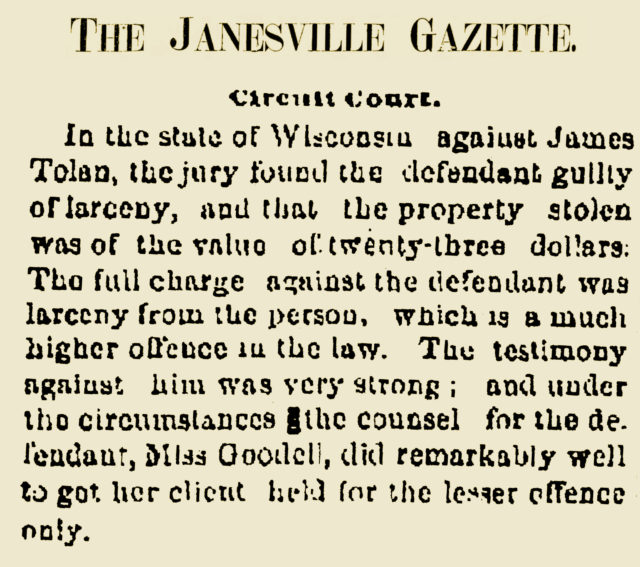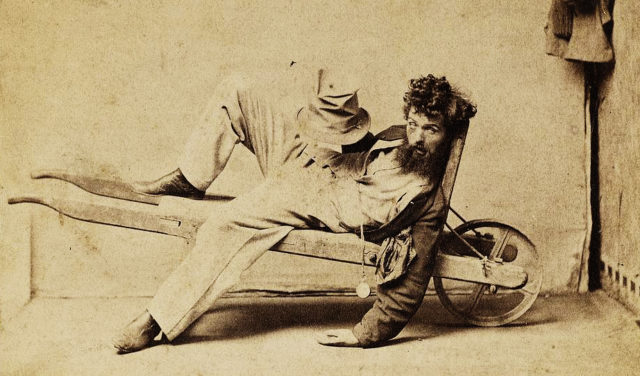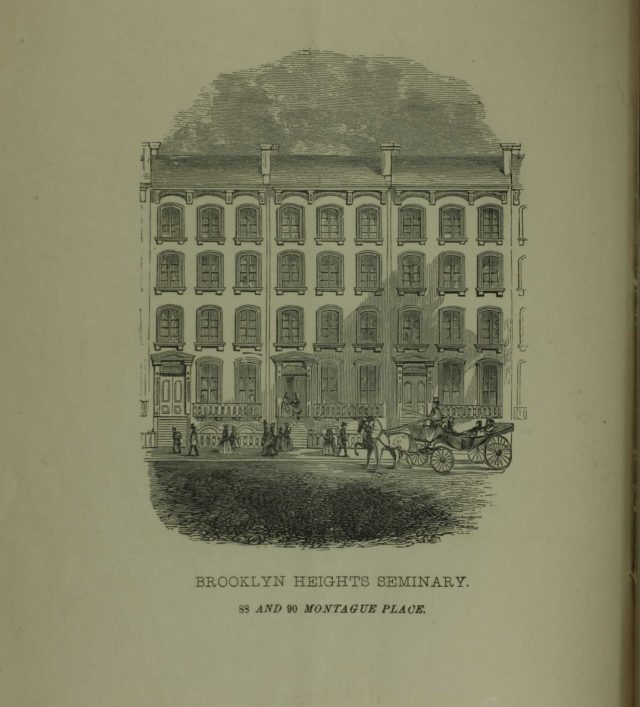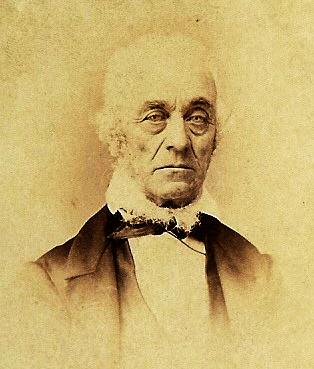“We are here to study literature.”
Motto of the Round Table literary society, Janesville, Wisconsin
Lavinia Goodell’s diaries and letters tell us that she was a voracious reader. She read contemporary authors (Charles Dickens, Louisa May Alcott, Harriet Beecher Stowe), classics (Shakespeare), and scientific works (Darwin’s “On the Origin of Species.”) 1870s Janesville, Wisconsin was home to two literary societies, and, not surprisingly, Lavinia was active in both.















